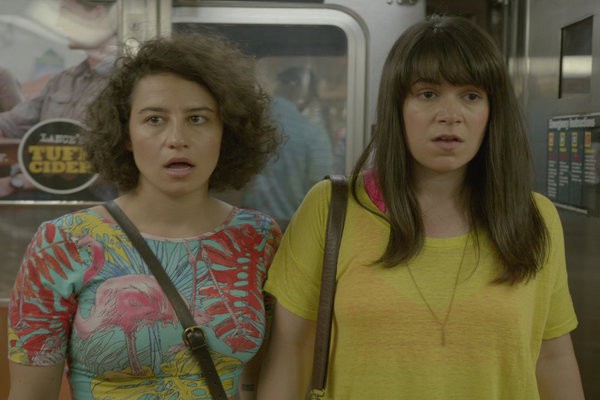New Map Lists Median Rent at Every Manhattan Subway Stop

When I moved to Minneapolis in 2004, I had no idea where the neighborhoods were and how rents might compare. My dad drove me up there, we parked in Uptown, and thought “well, this looks good.” I paid $650/mo for a studio apartment with a gas stove where the pilot light kept going out. I probably would have been happier in St. Paul.
When I moved to Washington, DC in 2008, I slept on the floor of my sister’s apartment in Adams Morgan, then switched to a sublet in West Falls Church, then ended up in a $1,200/mo studio apartment in Adams Morgan that had hardwood floors and a gorgeous view (also, perpetual mildew and cockroaches, even though I never left food out and scrubbed down my counters with white vinegar and soap every night).
When I moved to Los Angeles in 2012, I took a $725/mo room in a group house in Palms/Culver City thinking it would only be a temporary thing.
When I moved to Seattle in 2013, I stayed in an Airbnb until I found a room in the first (and only) apartment building that returned my calls. This is my current studio in Capitol Hill, and I pay $675/mo.
The one thing I never had, during any of these apartment searches, was a clear sense of how rents compared from neighborhood to neighborhood. That’s the problem that Steven Melendez is aiming to solve with his new Manhattan Subway Rent Map, recently published at Thrillest.
Melendez used Trulia data to calculate the median rent per bedroom at each Manhattan stop, and it quickly reveals that there is no area in Manhattan where the median rent per bedroom is below $1,000 (not particularly surprising), but that the differences in rent between subway stops can be significant: get off at 181st Street and you’ll pay an average of $1,088.33, but get off one stop later at 190th Street and you’ll pay $1,317.77. That’s $229 a month you could have put towards debt or savings.
Not being particularly familiar with NYC, I’m sure you all will tell me why 190th Street is preferable to 181st Street, or why rents jump from $1,290 at 125th Street to $1,506 at 116th Street. Rents at the heart of Manhattan, of course, run in the mid-$2,000s.
I’d love to see one of these for every city. (I did find a similar map that RadPad created for Washington, DC Metro stops. Nothing for Seattle.) A clear view of median rents across a metro area might help people make smarter choices about what neighborhood they move to — and maybe even what city they choose after, say, graduation or a year sleeping on the floor in a Los Angeles houseshare.
It might also drive up rents in those formerly low-rent neighborhoods, and it might not solve the problem of “well, I’d like to live in this lower-cost neighborhood, but there aren’t any apartments available.”
But it’s still a really cool dataset, and a brilliant idea.
Support The Billfold
The Billfold continues to exist thanks to support from our readers. Help us continue to do our work by making a monthly pledge on Patreon or a one-time-only contribution through PayPal.
Comments